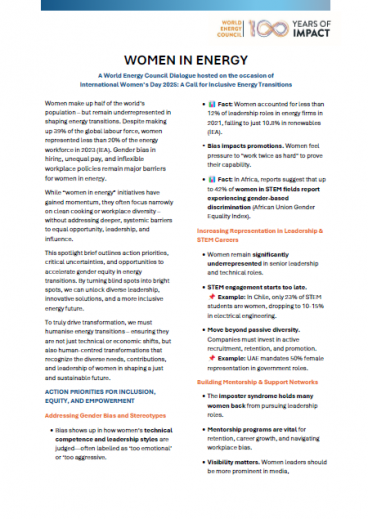Limited cross-border transmission interconnections and cross-border trading transactions are taking place only between India and Bhutan, India and Bangladesh and to a lesser extent between India and Nepal.
The aim was to provide a clearer understanding of the principle issues involved in setting up a such an entity in their countries. Through funding from the USAID, South Asia Regional Initiative for Energy Integration (SARI/EI) program, 16 energy executives participated in the training conducted by PCT India.
This training was the second of this type, on a specific request from the participants’ countries, following the successful completion of a first round. Although South Asia is one of the fastest growing regions in the world, shortages and poor service quality are common in the energy sector.
To meet the increasing demand for energy, demand for imported oil has increased throughout the region. Imported oil now accounts for more than a quarter of commercial energy needs in South East Asia.
Since 2000, USAID’s SARI/E program has focused on advocating energy cooperation in South Asia.
PRIMARY WORKSHOP OBJECTIVES
One key objective of the training was to improve the technical capacity of the Nepal Electricity Authority, Government of Nepal representatives and participants from Nepal’s private sector, to establish a power trading entity in Nepal. Although the training was mainly targeted at the Nepal power sector, participants also included representatives from Bangladesh, Bhutan, and Sri Lanka.
While India has been conducting cross-border electricity exchange for decades, the expanded Nepal-India interconnection will represent a substantial step for Nepal. To assist, USAID SARI/EI assigned USEA with the task of implementing a program focused on capacity building for the Nepalese. The training was part of a series of capacity-building activities to lend support to Nepal, as well as to the other SARI/EI countries.
Energy cooperation between India and Nepal has only recently become well-established. Nepal currently imports 345 Mw from India, mostly through four transmissions lines: 80 MW through Dhalkebar-Muzaffarpur, up to 120 MW through Kataiya-Kushhawa, 30 MW through Tanakpur-Mahendranagar and up to 25 MW through Ramnagar-Gandak.
These imports help to partially offset Nepal’s severe electricity deficit, although even with these imports, Nepal still experiences an average of 48 hours of load shedding a week, down from 63 hours a week at the beginning of 2016. Nepal and India recently agreed in principle to build another 11 cross-border transmission lines line, including one from Butwal to Gorakhpur to back up the Dhalkebar-Muzaffarpur line.
By the end of 2017, Nepal plans to import 600 MW from India, increasing to 1,000 MW by 2022.
SUMMARY OF KEY DISCUSSIONS
To provide delegates with this training, Module 1 outlined the various rules, regulations and policies that govern the operating environment in the Indian power sector. Module 2, which focused on setting up a power trading entity and included the step-by-step actions of power traders.
Module 3 targeted role-play sessions, mock bidding exercises, and hands-on training in the PTC control room for practical exposure on power trading operations. It also included a visit to the Indian Energy Exchange (IEX), India’s premier power trading platform.
The participants gained in-depth knowledge on the Indian power sector in general; the Indian Electricity Act 2003; the roles and functions of Indian power traders; the process of setting up of a power trading entity; the role of IPPs in the power market; how to draft power purchase/sales agreements; HR and infrastructure requirements; project financing; legal and contractual framework of power trading; trade in renewable energy; the competitive bidding process; among others.
The executives were taught by senior officials from government and private organisations in the power sector. Each shared their insights along with their personal experiences.
Participants benefitted from training provided on the following topics:
• Deviation Settlement Mechanism
• Power Trading entity
• Open Access Regime in India (Transmission charges related)
• Power Exchange (Exchange Products)
• Exercise on Mock Bidding
• Hands on training at the PTC Control Room
• Visit to Indian Energy Exchange
USEA plans to conduct a similar round of training in the coming year again for Afghanistan, Bhutan, and Nepal.





_-80_result_688_387_s_c1_c_c.jpg)


